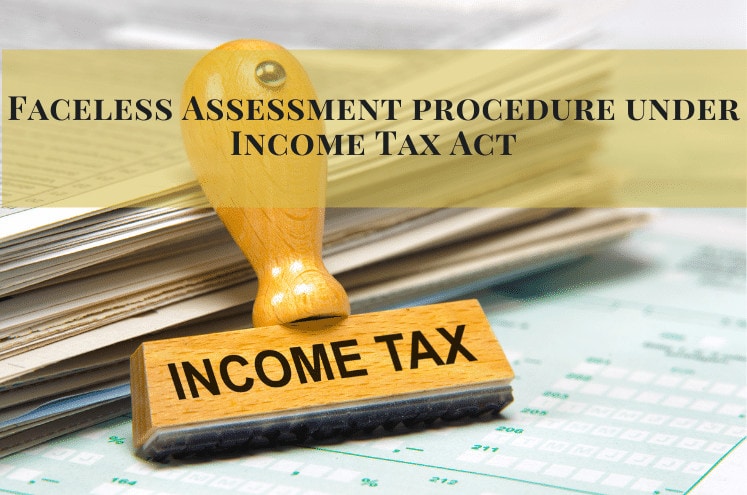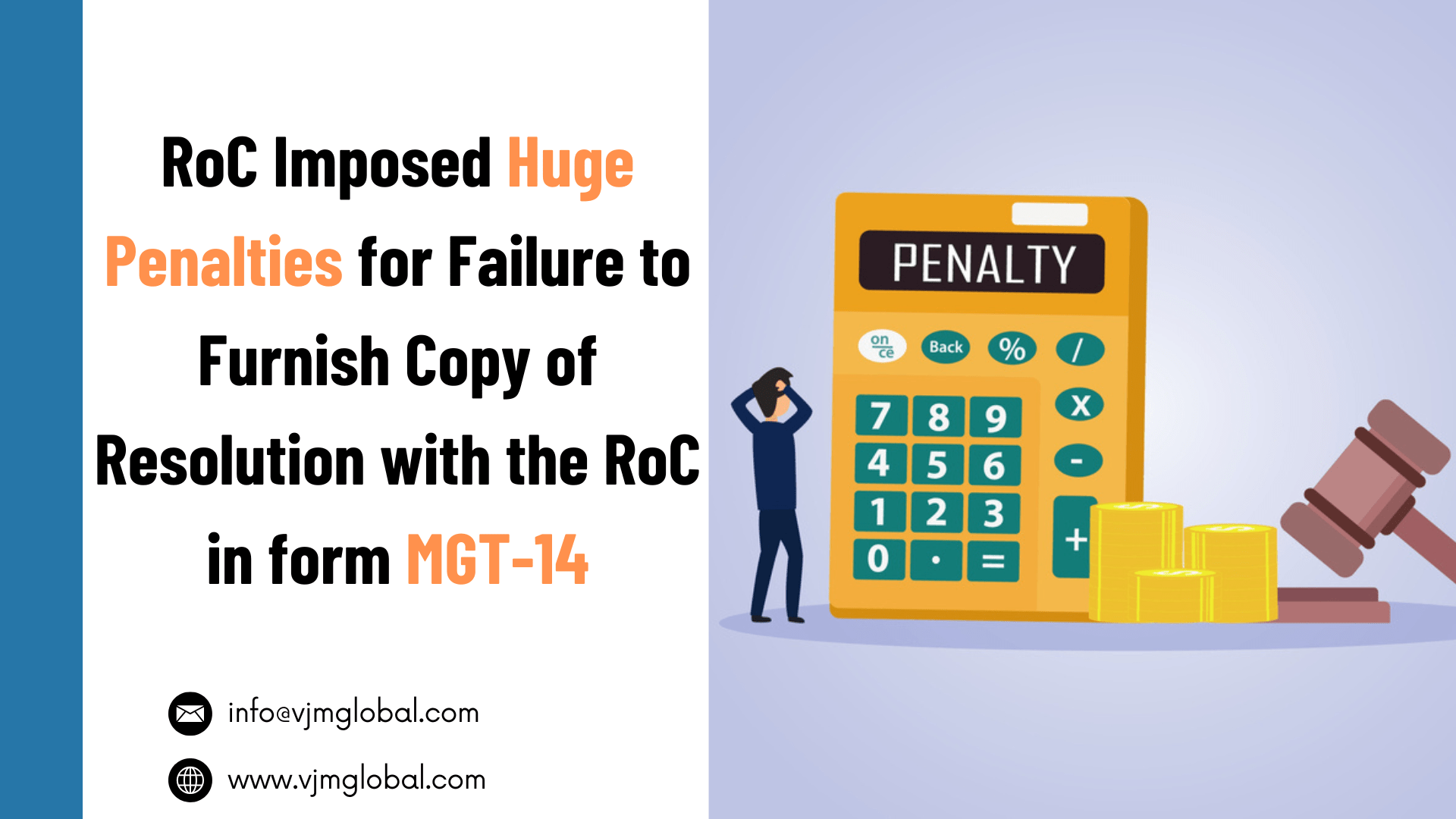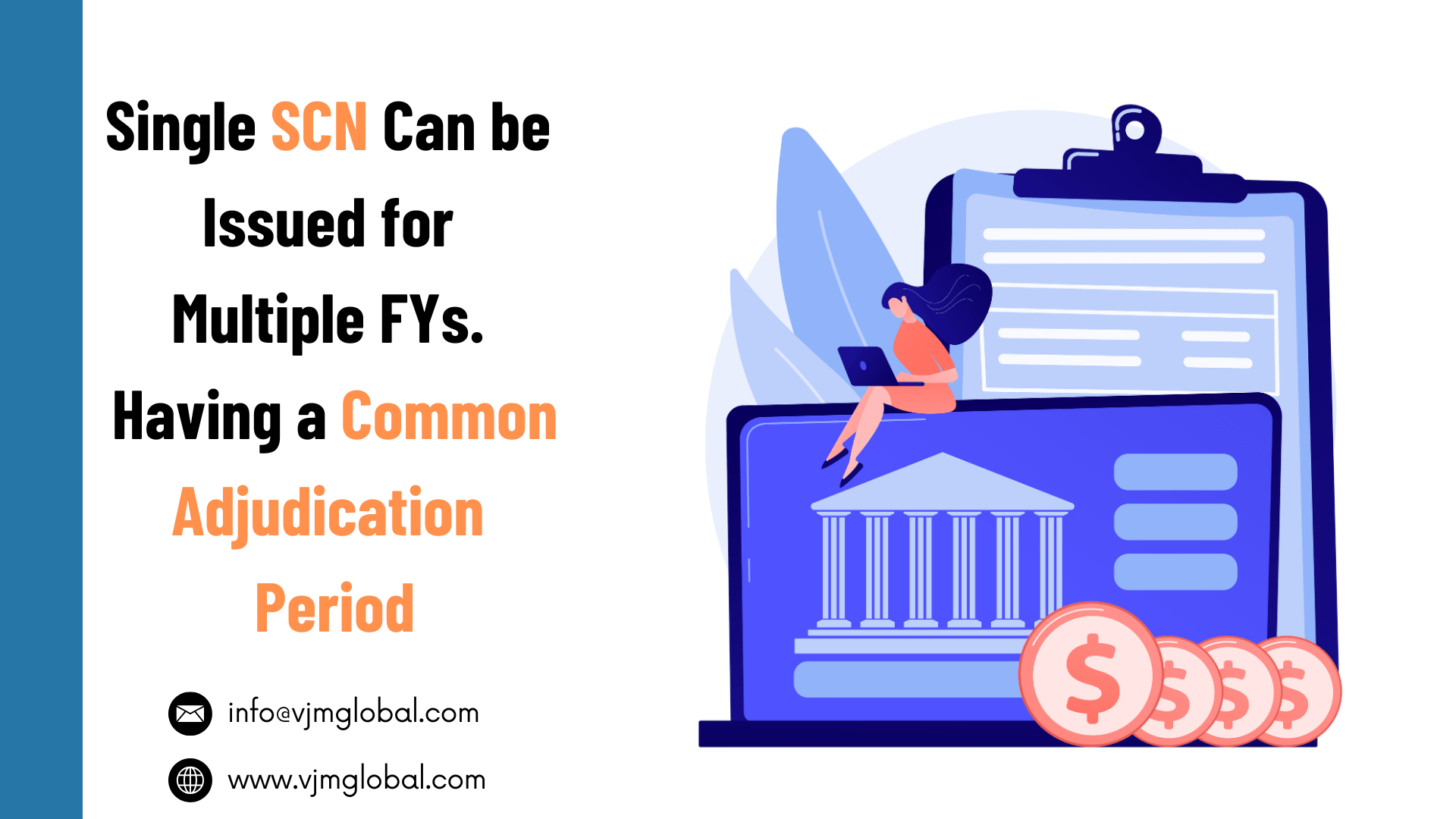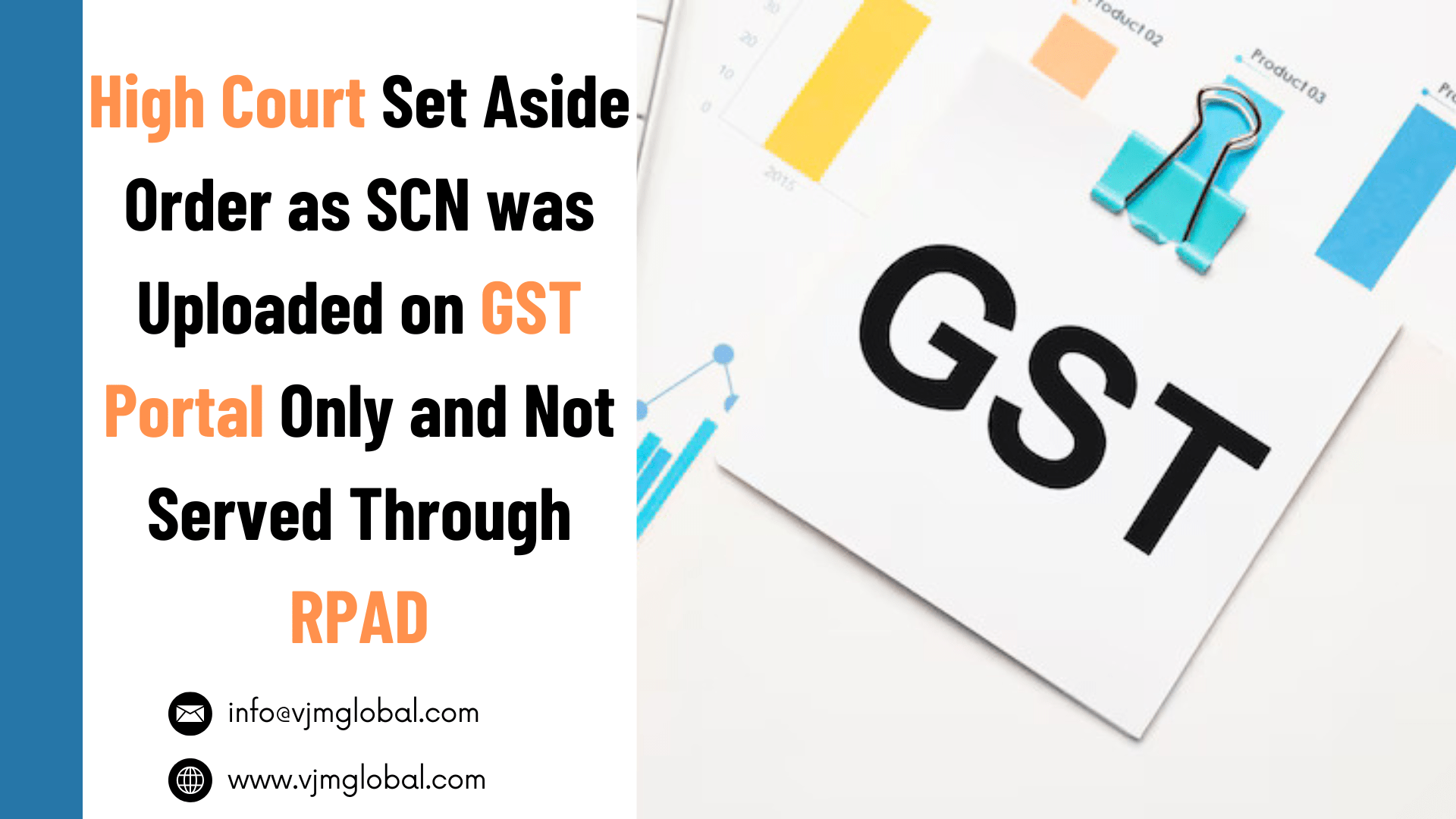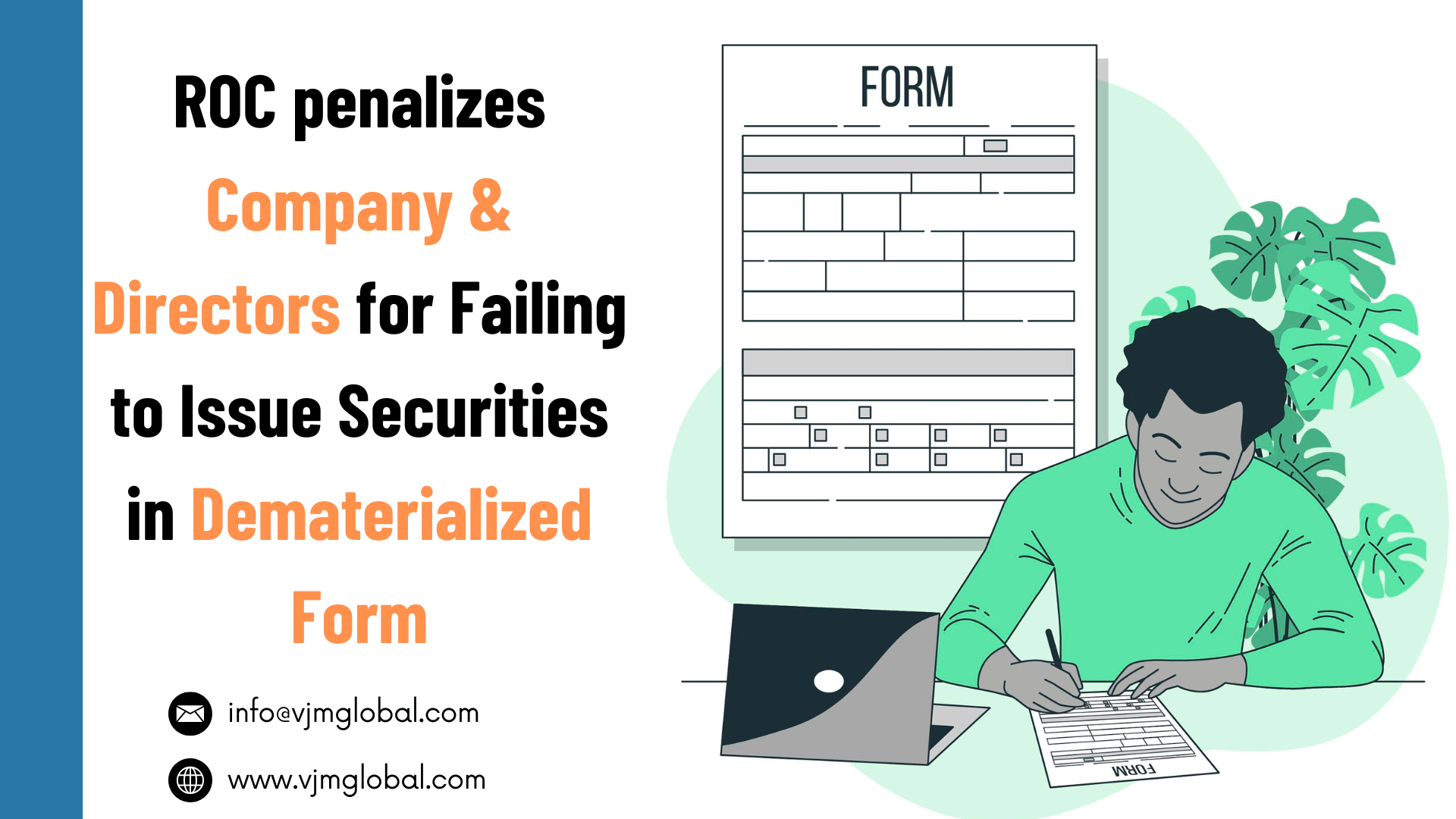Under “Transparent Taxation-Honoring the Honest” platform, following key amendments were made effective from 13th August 2020 are as follows:
- The Faceless assessment scheme (Made effective from 13th August 2020)
- The Faceless appeal (shall be effective from 25th September 2020)
- The horizon of Specified Financial Transactions (“SFT”) is enhanced (No formal notification has been issued for the same)
- Taxpayers charter is developed
1. Faceless Assessment Procedure
In this article, we will have a detailed discussion about the faceless assessment procedure of the new Faceless Assessment scheme.
- Faceless Assessment scheme covers all the assessment under section 143(3) or Section 144 of The Income Tax Act 1961, except for the cases related to search, seizure and International Tax Assessment.
- Under this scheme the taxpayer does have the right to file an appeal before the Commissioner Appeals against the assessment order or the penalty order. The taxpayer also has the right to ask for a personal hearing which can be conducted through video conferencing or video telephony. The facility for video conference is necessarily provided by CBDT as required at any location.
2. Procedure under Faceless Assessment scheme
Following is the procedure to be followed for faceless assessment:
Procedure provided for faceless assessment is completely different from existing process of assessment. Under the existing process, the assessee has complete information about the concerned Assessing officer and he also has all the rights to interact with him directly. However, Faceless Assessment Scheme has appointed National e-Assessment Center (NeAC) which shall act as the major managing authority and it will act as a mediator between Assessment Unit, Assessee and other parties such as verification unit, technical unit etc. Therefore, NeAC shall collect the data from the Assessee and shall share the same with the jurisdictional Assessing unit.
Following is the detailed procedure of faceless assessment:
3. Setting up of National e-Assessment Centre
For the purpose of carrying out faceless assessment, the Government will set up a National e-Assessment Center (“NeAC”) and entire assessment proceeding will be carried out through NeAC only. Further, CBDT also sets up various other centres and units and also specify their jurisdiction like regional e-assessment centres are controlled by the regional principal chief commissioner, verification units for cross verifications are few examples of such set up. Other units include assessment unit, technical unit and review unit.
4. Notice to be issued under Faceless Assessment
- National E-assessment Centre shall issue an electronic notice under section 143(2) specifying the issue for selection of his case for assessment.
- In following cases, where assessment proceedings have already started at the time of commencement of faceless assessment, NeAC shall intimate the assessee that his assessment shall be completed under this scheme:
- Where Assessee has furnished the return under section 139 or in response to notice under section 142(1)/148(1) and a notice has been issued under section 143(2) by Assessing officer; or
- Where assessee fails to furnish return in response to notice issued under section 142(1); or
- Where assessee failed to furnish return in response to notice issued under section 148(1) and AO issued notice under section 142(1)
Therefore, in all above cases, through assessment proceedings have already been initiated before 13th August, 2020 but the same shall be taken up for faceless assessment proceedings.
- The taxpayer has to file the response back to the National E-assessment centre within fifteen days.
5. Assessment by specific Assessment Units
- Through an automated allocation system, the National E-assessment centre shall allocate the case to specific assessment units in any of the Regional E assessment centres.
- As and when required, the assessment unit shall request The National E assessment unit for following:
- Obtaining documents, information, evidence, etc. from the assessee or any other person;
- To carry out the verification or enquiry by the verification unit;
- seeking technical help from technical units.
- NeAC shall further issue the notice or communication to the assessee or any other person for collection of required information. The assessee or such other person shall provide the information within given time.
- Where the Assessing unit requests for verification or enquiry or technical help, the NeAC shall assign the case to the verification unit or technical unit based on automatic allocation method.
- The reports of the verification unit and technical unit as received by National E-assessment centre are further forwarded back to the respective assessment units.
6. Best Judgement Assessment
- Where assessee fails to file response to notices issued under section 142(1) or section 142(2A), the NeAC shall serve the show cause notice under section 144 of the Income Tax Act, 1961 to the assessee. Assessee shall be given a chance to show cause as why best judgement assessment should not be carried out.
- Assessee is required to file a response within the time provided in notice. In case the assessee fails to file a response for this notice also, then the National E- assessment centre informs about such failure to the concerned E assessment unit.
7. Preparation of faceless Assessment order
- Based on all available Information, the concerned assessment unit shall prepare the draft assessment order after considering all the relevant information available and send the same to the National E-assessment centre. In case of best judgement assessment, the assessment unit shall prepare the draft assessment order to the best of Information.
- Assessing unit may accept the income declared by the assessee in the return or may change it.
- Draft assessment order will be sent to NeAC alongwith penalty proceeding, if any, to be initiated..
- NeAC shall examine the draft assessment order in accordance with the risk management strategy specified by the Board, including by way of an automated examination tool. Either of following action may be taken by NeAC:
- Finalise the Assessment Order: If order is found correct as per examination, then NeAC shall finalise the draft assessment order and serve the copy of same on the assessee alongwith notice for initiating penalty proceeding, if any and demand notice.
- Modification to Assessment Order: If NeAC found that modification is needed in draft assessment order then it may issue a notice to the assesee for providing an opportunity..
- Review of Assessment Order: NeAC may assign the draft order to any review unit in any Regional E-assessment centre for review of the draft order. This allocation is also done through an automated allocation system.
8. Review of the faceless assessment order
- The review unit after conducting the review of the draft assessment order may undertakes any of the following decisions:
- It may concur the draft assessment order and intimating the same to National E-assessment centre; or
- it may suggest and recommend modifications to the draft assessment order and sending the same to the National E-assessment centre.
- If concurrence is given by review unit, NeAC shall finalise the draft assessment order and serve the same on the assessee alongwith notice of initiating penalty proceedings, if any.
- After receiving suggestions for modification from the review unit, NeAC shall assign the case to an assessment unit other than the assessment unit who originally drafted the assessment order. After contemplating the modifications the assessment unit sends back the final draft assessment order. The National E-assessment centre either finalizes this order or issues a show-cause notice to the assessee. The process repeats until the NeAC is satisfied with the assessment order.
9. Final Assessment Order under faceless assessments
- Once the National e-assessment centre is satisfied with all the documents provided by the assessee and report submitted by all the units the assessment order is finalized and shall serve the same on the assessee alongwith other applicable documents.
- All the electronic records shall be transfer by NeAC to the concerned jurisdictional Assessing Officer as per the Income tax Act, 1961
Also, the Principal Chief Commissioner or the Principal Director General, in charge of National e-assessment Centre,may transfer the case from one Assessing unit to another assessing unit with the prior approval of the Board.
The procedural set up under this scheme has changed considerably, everything will be regulated online without any direct interaction between Assessing authority and Assessee. This method will bring transparency and independence in completion of assessment procedure. Further, online processes will save a lot of time and energy. There are many highlights in this scheme, the key feature of the scheme is now it will be more efficient and fast.
The Principal Director General or the Principal chief commissioner of the National E-assessment centre lays down the process, procedures, standards, rules for the meticulous functioning of the various centres and units.
The functions are so set as to work efficiently under mechanized and automated environments. Some of them are Serving of various communications to the assessee, Receipt of response, documents, information, Issuance of acknowledgements, E- proceeding facilities such as login account, downloading, display, tracking the status, Access, authentication and verification of data and information, Receipt, retrieval and storage of information at the central place, Grievance redressal system, Personal Hearing facilitation, Other general administration etc
10. Conclusion
Faceless assessment will curb corruption as there is no or minimum interaction between the officials and the taxpayers. The Income tax department will be available 24*7 online, therefore can easily be contacted. Machine Learning, artificial intelligence, automated examination tool will facilitate efficiency, transparency and integrity. This will also increase employment among skilled workforce. Every data will always be available online and With no boundaries or limits attached, the assessment will be easier and systematic with dynamic jurisdiction.
To provide relief to the honest taxpayers, Faceless Assessment scheme is launched and is rightly termed as “Transparent taxation – Honouring the Honest” as the aim of this scheme is to provide relief to the taxpayers in terms of procedures of assessment, corruption, Income tax department instigation.

